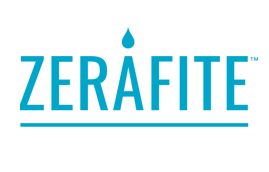The Maltese Cross Pattern, observed under a cross-polarized microscope, is crucial for identifying effective barrier repair moisturizers that strengthen the skin barrier. When properly formulated, eczema creams, moisturizers for dry skin, and barrier repair moisturizers exhibit this distinctive pattern.
When selecting a barrier repair moisturizer, prioritize those showcasing the Maltese Cross Pattern under a cross-polarized microscope. This guide will clarify the significance of this pattern in moisturizing creams.
Where is the Maltese Cross Pattern observed?
This pattern may be found under a cross-polarized microscope in:
- Barrier repair moisturizers
- Face creams, body creams, and hand creams
- Moisturizing skin creams
- Eczema creams
- Healthy human skin
- Tape stripping from normal skin
Why is the Maltese Cross Pattern crucial for the skin barrier?
The skin barrier consists of lipid layers surrounding keratinocyte skin cells in the upper epidermal layer called the stratum corneum. These lipids include ceramides, fatty acids, and cholesterol, which, in healthy skin, are present in a 1:1:1 ratio and arranged in an orthorhombic pattern, forming a strong protective skin barrier. The Maltese Cross Pattern is seen in healthy skin with a robust protective barrier when viewed under a cross-polarized microscope.
Why is it important for moisturizers to display a Maltese Cross Pattern?
For a barrier repair moisturizer to be effective, its lipids must mimic the natural structure of skin lipids. These lipids are like puzzle pieces that must fit together perfectly to minimize the space between them. Gaps between lipids lead to water evaporation from the skin, causing dehydration. Optimal barrier repair moisturizers contain lipids with the same shape and structure as those in the stratum corneum. The Zerafite Barrier Repair Creams feature the Maltese Cross Pattern.



